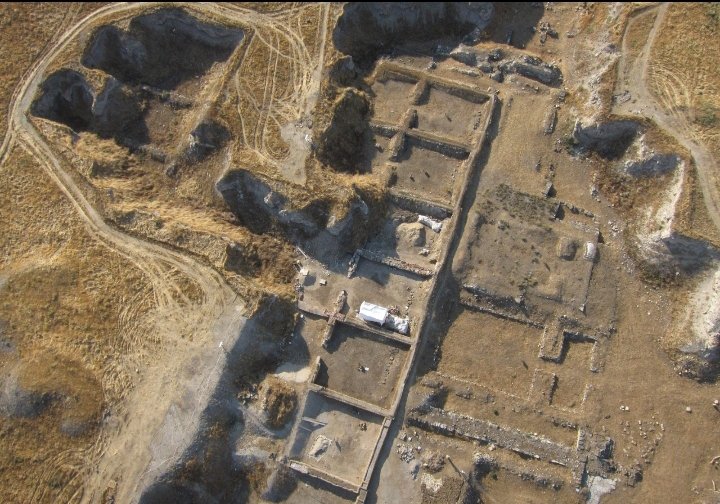
Gordion Ancient City has been inscribed on the UNESCO World Heritage List
Gordion Ancient City in the Polatlı district of Ankara has been declared a ‘World Heritage’ by UNESCO.
According to an announcement from the Ministry of Culture and Tourism, during the 45th UNESCO World Heritage Committee meeting held in the capital city of Riyadh, Saudi Arabia, today, a decision was made to protect Gordion as a world heritage site. Culture and Tourism Minister Mehmet Nuri Ersoy, who announced the decision on his social media account, said, “We have some great news! We have added our 20th property to the UNESCO World Heritage List. Gordion Ancient City, one of Ankara’s unique cultural assets, is now a ‘World Heritage.’ I would like to thank everyone involved. However, it’s not over yet! We are expecting another piece of good news from UNESCO. Hopefully, with the beautiful news we are expecting from the wooden-supported mosques of Anatolia, we will further increase our count on the World Heritage List. Congratulations!”

The settlement that began in the Early Bronze Age around 2500 BC in Gordion, which has survived from ancient times to the present day in the Polatlı district of Ankara, continues to this day in the adjacent Yassıhöyük. The uninterrupted settlement spanning a period of 4,500 years in and around the Ancient City places Gordion among the rare areas in the world with the longest history of continuous habitation.

Gordion, which was the capital of the Phrygian civilization, is surrounded by numerous tumuli (burial mounds) dating from the 9th century BC to the 3rd century BC, representing different periods. The Citadel Mound has survived to the present day as the most important component of the Gordion Archaeological Site, while the early Phrygian castle walls and monumental structures stand out as unique examples in Anatolia for that period.
📣 Our WhatsApp channel is now LIVE! Stay up-to-date with the latest news and updates, just click here to follow us on WhatsApp and never miss a thing!!
Source DHA
You may also like
- A 1700-year-old statue of Pan unearthed during the excavations at Polyeuktos in İstanbul
- The granary was found in the ancient city of Sebaste, founded by the first Roman emperor Augustus
- Donalar Kale Kapı Rock Tomb or Donalar Rock Tomb
- Theater emerges as works continue in ancient city of Perinthos
- Urartian King Argishti’s bronze shield revealed the name of an unknown country
- The religious center of Lycia, the ancient city of Letoon
- Who were the Luwians?
- A new study brings a fresh perspective on the Anatolian origin of the Indo-European languages
- Perhaps the oldest thermal treatment center in the world, which has been in continuous use for 2000 years -Basilica Therma Roman Bath or King’s Daughter-
- The largest synagogue of the ancient world, located in the ancient city of Sardis, is being restored











Leave a Reply